Perfection requires much hard work and patience. Luckily, through trial and error, this article will serve as a guide to creating the perfect winter harvest bowl.
First, grains
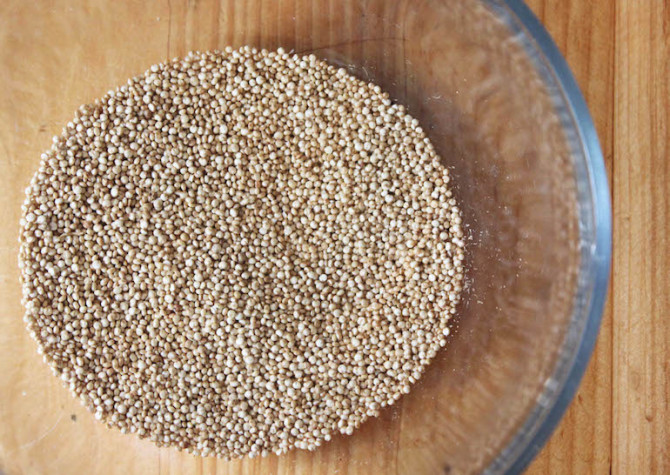
Photo by Grace Bodkin
As the base for every winter harvest bowl, you must include some sort of grain. They taste the best cooked in chicken stock, but if it is Meatless Monday, vegetable broth works just as great. Some examples include quinoa, brown rice, lentils, etc.
Next, more carbs

Photo by Christin Urso
Of course the kind of carbohydrates I am referring to are the main staple of this article, fruits and veggies. They will give your winter harvest bowl color, so choose a large variety of winter produce. Some examples include carrots, roasted sweet potato, cabbage, Brussels sprouts, maybe even pineapple. The sky is the limit.
Then, protein
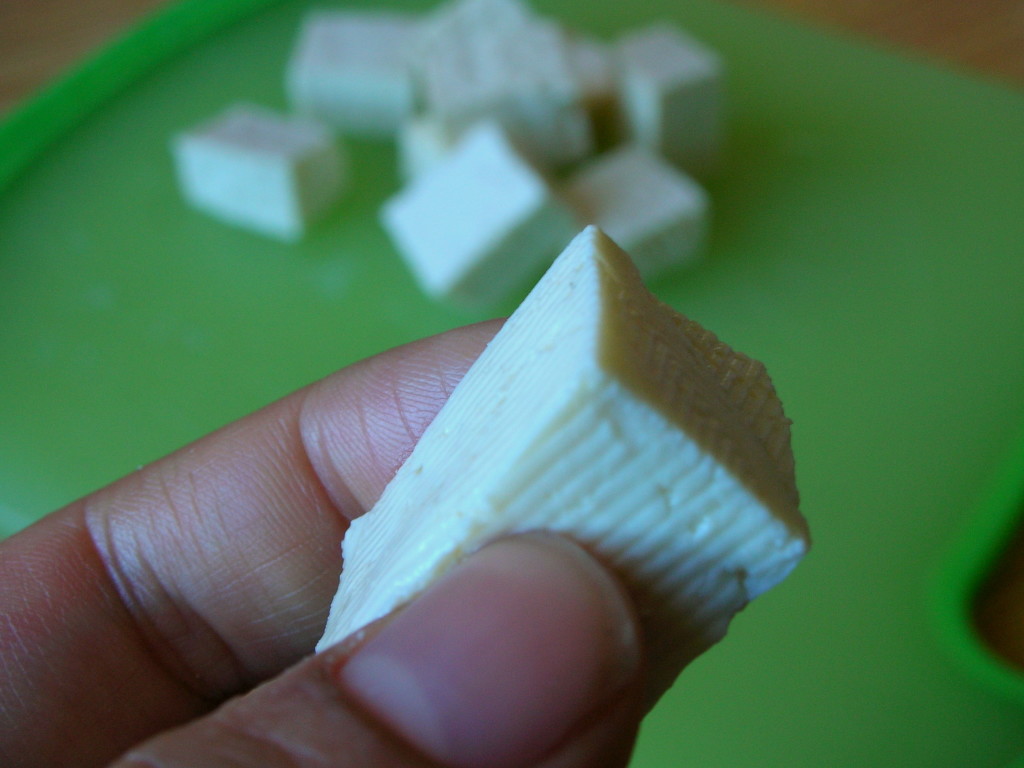
Photo by Sami Tom
It is no secret that during the colder months we tend to eat more; this is because during the winter, protein and fats are stored in the body to rebuild and insulate. Therefore, when creating a winter harvest bowl it is very important to include a significant source of protein. Some examples include tofu, salmon, white beans, mushrooms, etc.
Also, healthy fats
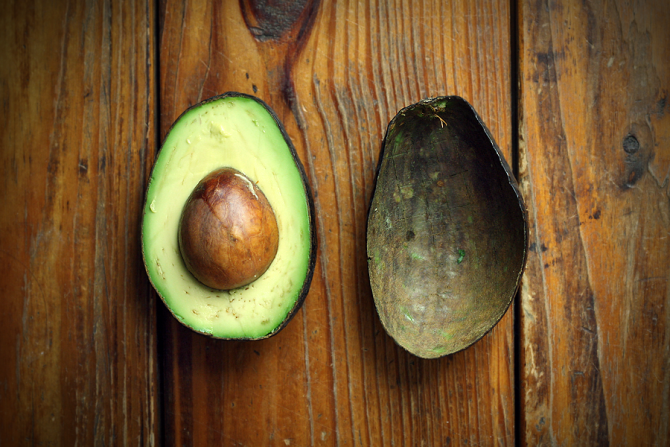
Photo by Samantha Thayer
Add some healthy fats to your winter harvest bowl to curb and satisfy your cravings. Some examples include avocado, chopped peanuts or peanut butter, ground flaxseed, high-quality dairy, etc.
Lastly, garnish
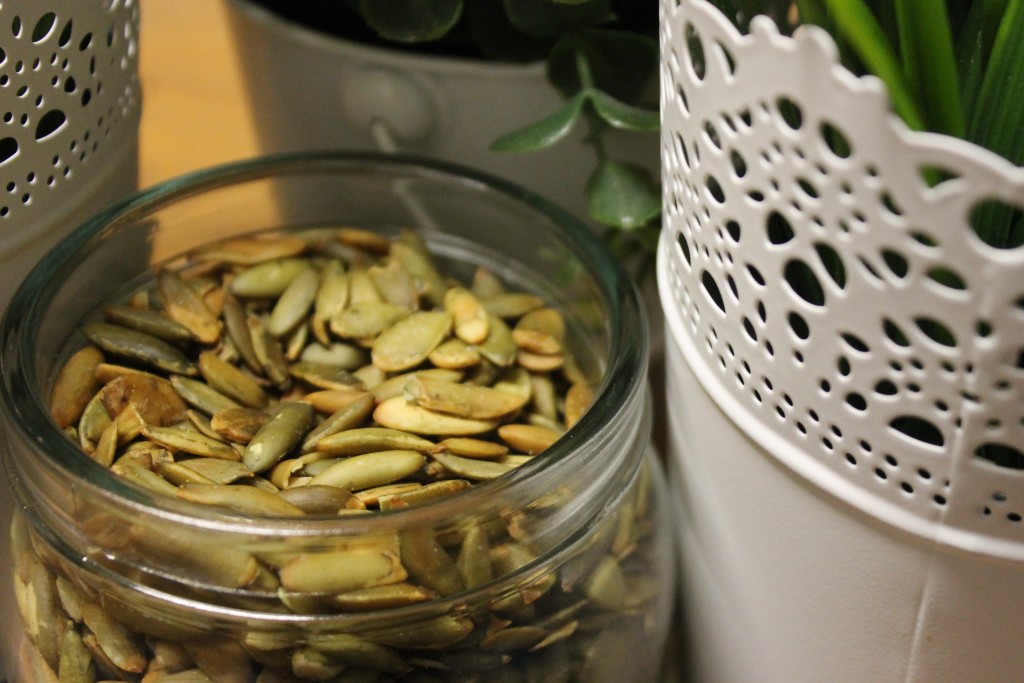
Photo by Tochi Mgbenwelu
Icing is to cake as garnish is to harvest bowls. Add some garnish to give your winter harvest bowl more zest and one last mouthful of flavor. Some examples include pumpkin, sunflower, or sesame seeds, scallions, a squirt of lemon, rice vinegar, cayenne pepper, etc.
The final product
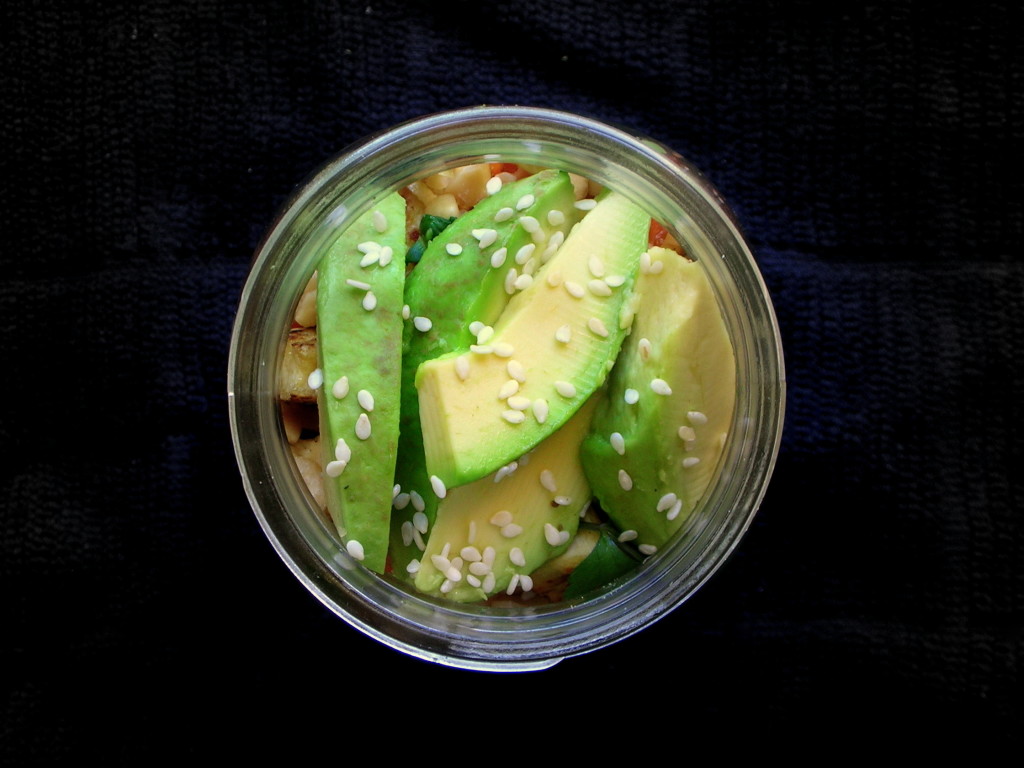
Photo by Sami Tom
Something that also makes this the perfect winter harvest bowl is the fact that it can be placed in a mason jar, making it super convenient for a quick lunch between classes.
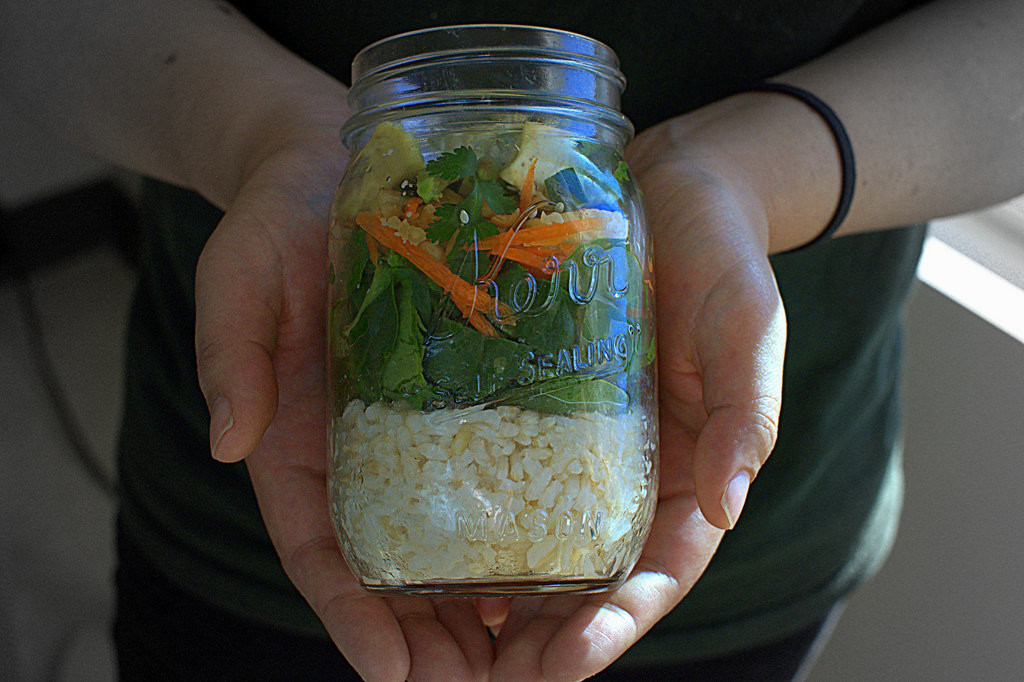
Photo by Esther Chen


